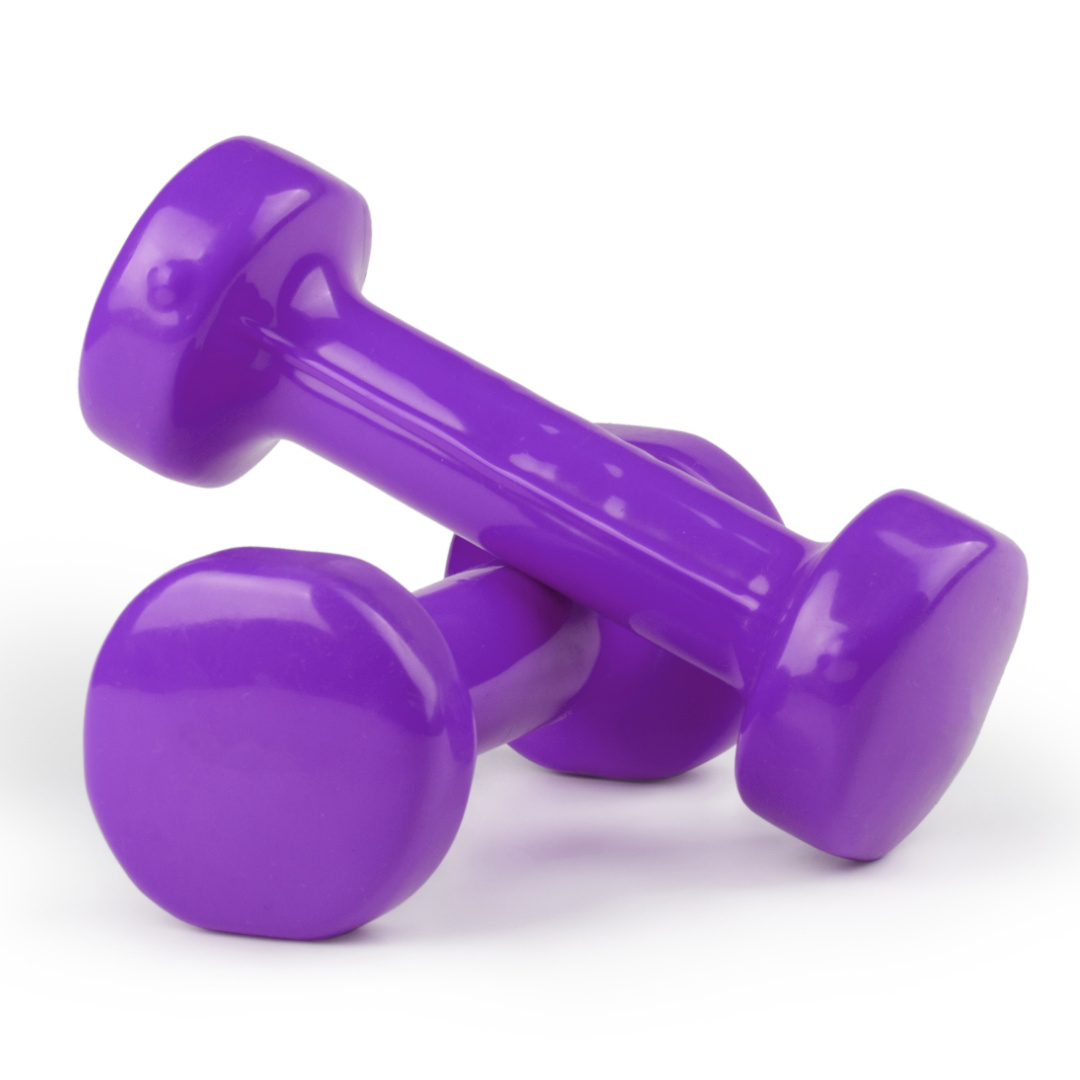Strength training is incredibly empowering and beneficial to enhance the overall well-being of older adults. Here are some reasons why strength training is especially important:
Enhances independence
Enhances Independence: By improving muscle strength and mass, it provides you the physical capacity to perform tasks such as carrying groceries, climbing stairs, or getting up from a chair independently.
Promotes bone health
Promotes Bone Health: Many of us women and men, too are at increased risk of osteoporosis and fractures. By engaging in weight-bearing exercises like squats, lunges, and resistance training, you can strengthen your bones, improve bone density, and reduce the likelihood of fractures in the event of a fall.
Boosts vitality and energy
Boosts Vitality and Energy: Regular strength training enhances overall energy levels and vitality, now who doesn’t want that? The more you are active and do strength training the easier day-to-day activities become, leading to increased endurance and reduced fatigue.
Supports joint health and flexibility
Supports Joint Health and Flexibility: Aging often brings joint stiffness and reduced mobility, but through controlled movements and exercise you can regain mobility, have fewer aches and pains, and enhance your ability to do more.
Elevates mood and mental well-being
Elevates Mood and Mental Well-being: Strength training has been linked to improved mood and mental well-being. Physical activity releases endorphins, the body’s natural feel-good chemicals, which can help combat stress, anxiety, and depression, promoting a positive outlook on life.
Enhances cognitive function
Enhances Cognitive Function: Strength training has shown promising effects on cognitive function in older adults. It promotes healthy blood flow to the brain, improves neuroplasticity, and supports the growth of new neurons. These benefits contribute to better memory, enhanced attention span, and overall cognitive performance.
Exercises you can do

Now, let’s explore some fantastic strength training exercises that you can do at home or in the gym. Don’t forget to get a copy of Better Balance and Strength in Less Than Five Minutes Per Day.
Goblet Squats: Hold a dumbbell or kettlebell at chest level with both hands. Perform squats with feet wide and toes pointed out, focusing on maintaining proper form and keeping the weight centered. Goblet squats target the lower body, particularly the quadriceps, hamstrings, and glutes.
Dumbbell Chest Press: Lie on a bench or floor while holding dumbbells at chest level. Push the weights upward, extend your arms, touch the weights together, and then lower them back down with control. I like doing them on the floor to protect my shoulders. The dumbbell chest press strengthens the chest, shoulders, and triceps.
Standing Dumbbell Shoulder Press: Hold dumbbells at shoulder level, palms facing forward. Press the weights upward, fully extending your arms, and then lower them back down. This exercise targets the shoulders and triceps while also engaging the core for stability. You can add a bicep curl to the press if you like.
Dumbbell Bent-Over Rows: Stand with a dumbbell in each hand, slightly bend your knees, and hinge forward at the hips (don’t round your back). Keeping your back straight, and your body still, pull the weights up toward your chest, squeezing the shoulder blades together. Dumbbell bent-over rows target the back muscles, including the upper back and biceps.
Dumbbell Bicep Curls: Hold dumbbells at your sides with palms facing forward or towards your legs. Keep your elbows close to your body, curl the weights toward your shoulders, keep your elbows tight, and contract the biceps as you bend your elbow. Slowly lower the weights back down. Dumbbell bicep curls strengthen the muscles in the front of the upper arms.
Dumbbell Step-Ups: Do these ONLY if your balance is good. Hold dumbbells in each hand and stand facing a sturdy step or platform if you are really stable. Step up with one foot, fully extending the leg, and then step back down. Alternate between the legs. Dumbbell step-ups target the lower body, specifically the quadriceps, hamstrings, and glutes, while also engaging the core for balance. If you balance is poor, you can do step-ups while holding onto the railing of a step.
Conclusion
Remember, it’s important for older adults to choose appropriate weights that allow for proper form and technique. Start with lighter weights and gradually increase the load as you become more comfortable and stronger. Don’t stop with light weights! Really utilize weights that feel heavy. You won’t look like a muscle builder – promise.
It’s always advisable to consult with your healthcare professional if you have any questions or concerns about exercising.
